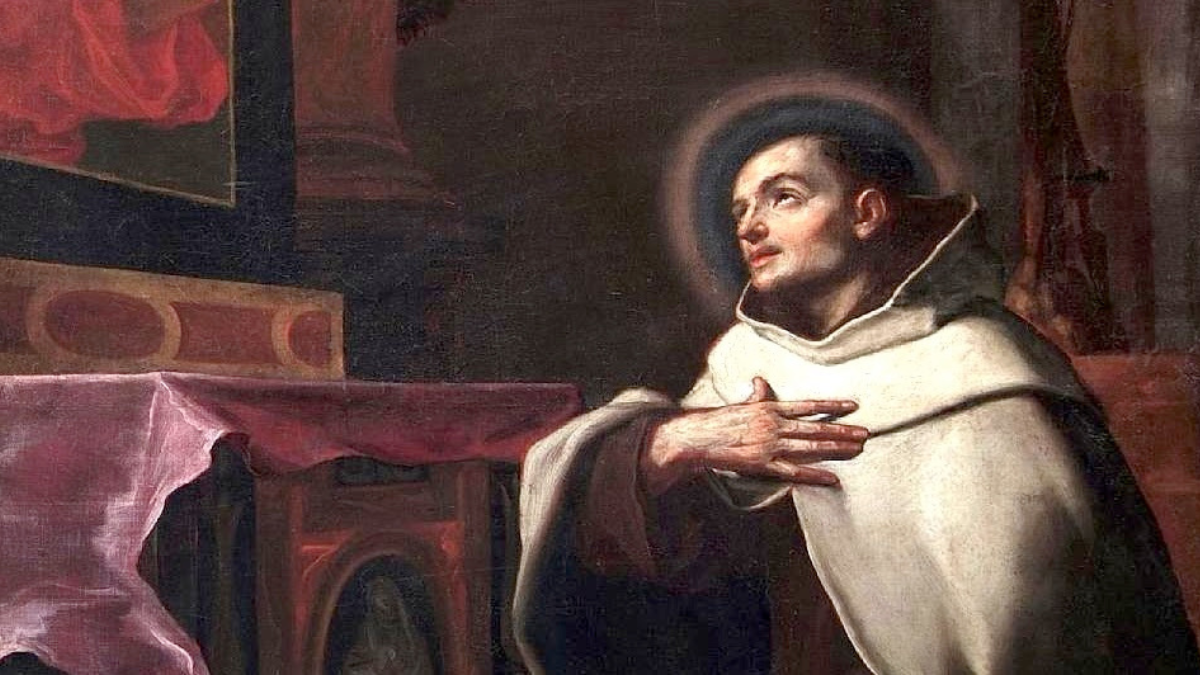
 Add to favorites
Add to favoritesSt. John of the Cross
| Feast day | September 25 |
| Patron | of Cork, Diocese of Cork |
| Birth | 550 |
| Death | 620 |
ST. John of the Cross was born Juan de Yepes y Alvarez, in Fontiveros, Avila, Spain in 1542. His father was employed by wealthy family members as an accountant, but they disowned him when he married a poor woman from the lower class. As a result of his family’s poverty, John’s family suffered greatly.
His father died when he was three, and his older brother, Luis died two years after that, likely because of malnutrition. John’s mother eventually found work weaving which helped her to feed her family.
As a child, John was sent to a boarding school for poor and orphaned children. He was given a religious education from a young age and chose to follow a religious path, even as a child. He served as an acolyte at an Augustinian monastery. As he grew older, he went to work in a hospital while attending a Jesuit school.
In 1563, he was able to join the Carmelite Order and took the name, “John of St. Matthias.” He made vows the following year, and was sent to the university in Salamanca to study theology and philosophy. He became an expert in the Bible and dared to translate the Song of Songs into Spanish, an act which was controversial since the Church forbade the translation of the Bible from Latin -a measure to protect the original meanings in the scripture.
John became a priest in 1567 and considered joining the Carthusian Order where monks lived cloistered in individual cells. He was attracted by the simple and quiet life. However, he encountered Theresa of Avila, a charismatic Carmelite nun. Theresa asked John to follow her.
John was attracted by the strict routine followed by Theresa, a routine she hoped to reintroduce to her order, as well as her devotion to prayer and simplicity. Her followers went barefoot, and were therefore known as the discalced Carmelites.
On Nov. 28, 1568, Theresa founded a new monastery. The same day, John changed his name again to John of the Cross. Within a couple years, John and his fellow friars, relocated to a larger site for their monastery. He remained at this location until 1572.
In 1572, John traveled to Avila at the invitation of Theresa to become her confessor and spiritual guide. He remained in Avila until 1577. While there, he had a vision of Christ and made a drawing that remains to this day called, “Christ from Above.” The little drawing shows Christ on the cross, looking down on him from above. The image has been preserved for centuries.
Around 1575, a rift within the Carmelite order began to grow and create controversy between various monastic houses. There was disagreement between the Discalced Carmelites and the ordinary Carmelites, over reform.
The Discalced Carmelites sought to restore the original, strict routine and regimen that the order had when it was founded. In 1432, the strict rules of the order were “mitigated” relieving the Carmelites of some of their most strict rules. Some Carmelites, such as Theresa of Avila, felt this liberalization of their rule had interfered with their order and practice. Theresa, along with John, sought to restore the original rule.
The Carmelites had been undergoing reform since 1566, under the direction of two Canonical Visitors from the Dominican Order, sent by the Vatican. The intervention of the Holy See as well as the political machinations of King Phillip II and his court, led to dramatic, even violent disagreement between the Carmelites.
In late 1577, John was ordered to leave the monastery in Avila and to return to his original house. However, John’s work to reform the order had already been approved by the Papal Nuncio, who was a higher authority. Based on that, John chose to ignore the lower order and stay.
On December 2, 1577, a group of Carmelites broke into John’s residence and kidnapped him. He was taken by force to the order’s main house in Toledo. He was brought before a court and placed on trial for disobedience. He was punished by imprisonment.
Views: 9


